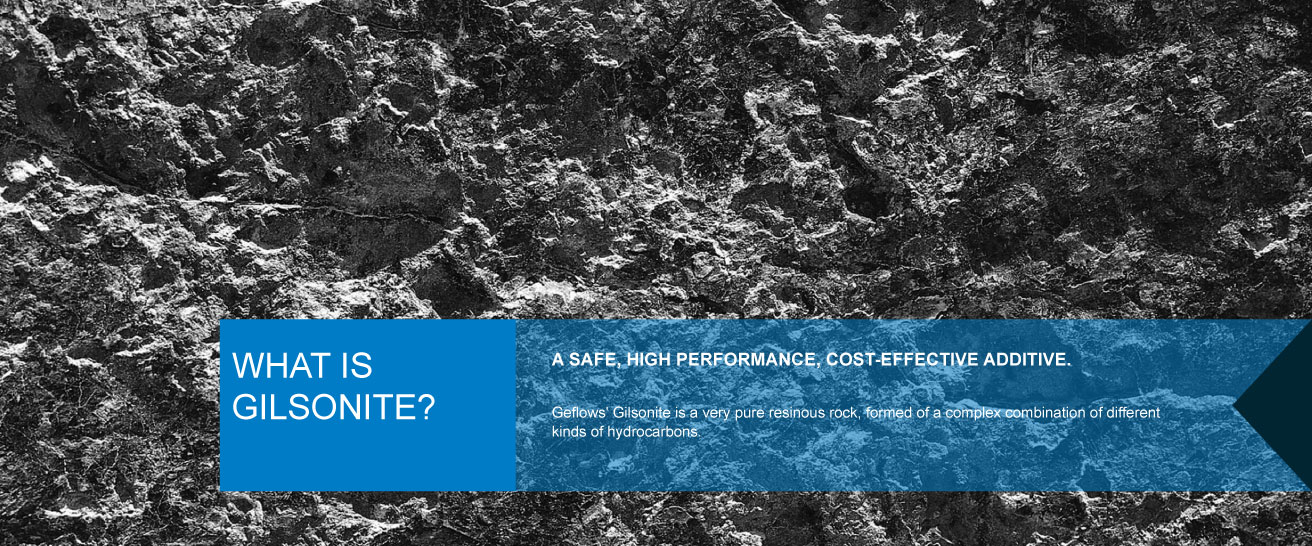
What is Gilsonite?
Gilsonite is a high-purity natural solid hydrocarbon that’s also rich in asphaltenes and nitrogen-containing compounds. Uintaite was the original name for gilsonite that is a shiny black, fragile substance with a little sulfur and ash content. Even though it resembles hard coal and asphalt in appearance, its chemical properties are significantly different. Asphaltite is the name given to this type of material. This natural asphalt is also known as asphaltite, uintaite, and asphaltum, and it resembles hard petroleum asphalt in appearance.
Gilsonite is a soluble substance that can be solved in aromatic, aliphatic, and petroleum asphalt solvents. Gilsonite is commonly used for firming up softer petroleum products thanks to its distinctive compatibility. When gilsonite is presented in mass, it has a lustrous, black appearance that resembles obsidian. Gilsonite is a fragile substance and so it can be crushed into something like a dark brown powder with ease.
Gilsonite is Natural
Gilsonite is found in vertical veins and seams beneath the earth’s surface that is typically 2 to 6 feet wide but can also be up to 28 feet wide. These veins run almost parallel to one another and are always oriented northwest to southeast. They stretch for miles and reach depths of up to 1500 feet. These veins will appear as narrow outcroppings on the surface of the earth and will gradually widen as their depth is increased. Today, just like 50 or 100 years ago, Gilsonite is still mined manually and this is because of the narrow mining face. Technologically advanced miners utilize pneumatic chipping hammers and mechanical hoists, which is the main distinction between them and the old-fashioned miners.

